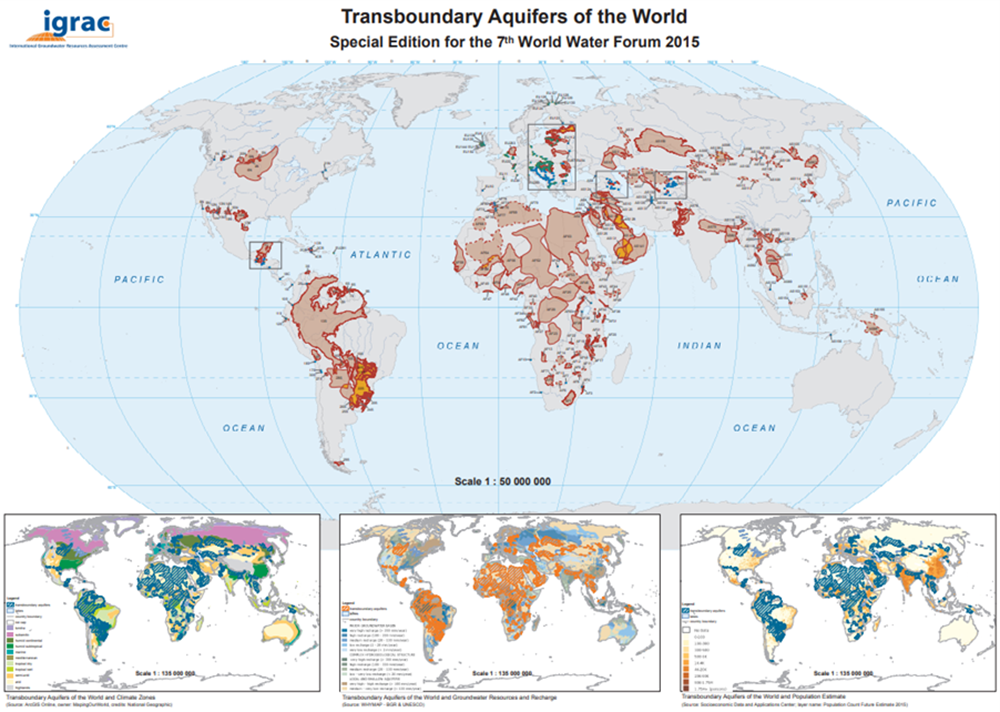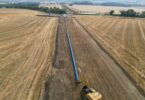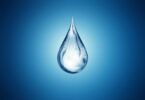We are hurtling towards the greatest water challenge in the history of humanity. Groundwater, our most precious freshwater resource, is in serious peril, as one-third of the earth’s aquifers are threatened with depletion and collapse.
However, if supported by swift and decisive international collaboration, modern technology can reverse this trend, securing life-sustaining water for people everywhere.
Groundwater provides nearly half our drinking water, 40% of the water for agriculture, and a third of the water for industry. In fact, underground aquifers (bodies of porous rock or other natural substances like clay) contain 97% of freshwater on earth, over 100 times as much freshwater as in our lakes and rivers combined. Theoretically, efficiently managed groundwater could supply enough freshwater for over 2,000 years of human use.
In reality, things look very different. 2.2 billion people suffer from a lack of safe drinking water, and 4.2 billion lacking basic sanitation services. Unless we reverse these trends we will be light years away from achieving UN Sustainable development Goal (SDG) 6 to ‘ensure availability and sustainable management of water and sanitation for all’. And aside from water being a life-giving substance in its own right, the success of virtually every other SDG depends on first taking care of water.
When trying to solve the problem, it’s tempting to think in basic terms: capture rainwater, dig wells, install water piping. However, if the answer were that simple, we would be well on our way to SDG6, because companies and agencies around the world have spent two decades bringing such “improved” drinking water sources to at least 90% of the global population. One problem is that many of those improved sources are either inefficient or poorly managed, and the water in them is often dangerously contaminated and wasted.
But that is only the first part of our water challenge. The second part, invisible but even more dire for long-term water security, is that we are draining our groundwater aquifers at an unsustainable rate. Groundwater is the world’s most over extracted natural resource. And unfortunately, while we are consuming it at an accelerated pace to supply modern needs – for use in megacities, for heavy industry, and above all for agriculture – we are utterly dependent on the natural, unaccelerated rainwater cycle to “recharge” it.
When aquifers do not recharge, they dry out. When that happens, the sediment inside them compresses and collapses, and then the ground above them collapses. There is no way to reconstruct a collapsed aquifer. So, when scientists say that one third of the earth’s aquifers are on the way to depletion and collapse, that means that we will lose nearly one third of our freshwater resources. What can we do to change or alleviate the impact of that devastating loss?
In the rainwater cycle, the sun warms the water on the surface of rivers, lakes and oceans, causing it to evaporate. Those evaporated water molecules accumulate to become rainwater, fall to the earth, and then seep slowly into the ground, eventually reaching aquifers as deep as 9 kilometres below ground.
While there is nothing we can do to accelerate evaporation or rainfall, some clever people have tried to speed up the seeping stage, by harvesting rainwater and injecting it into the more shallow underground aquifers. This has shown great potential for managing runoff and mitigating flood disasters, but has not proven as effective at recharging aquifers.
The evidence also shows that while climate change is bringing too much rain and increased flood risk to areas that were already rain-heavy, the opposite is true for hot, arid regions. So, if you had droughts before, they will much more severe now. No rain to harvest.
In coastal areas, in addition to the threat of collapse, with global warming and rising sea levels, aquifers will increasingly fill with salt water. There, desalination offers opportunities to increase freshwater supply, although it can be energy-intensive, raising other sustainability issues. Technology is improving to make it more energy-efficient on site, and it will be a vital tool in the future for coastal cities whose aquifers either collapse or become saline.
However, desalination is impractical in arid inland locations and in many megacities. There, groundwater is the only practical freshwater source. So, to save our aquifers from depletion and give them a chance to recharge, we must find ways to make groundwater last longer above ground.
Technically, that is feasible, if we take a holistic and integrated approach to the three major stages of water management, from groundwater extraction and treatment to distribution and use, and finally to wastewater treatment and release.
From the ground, back into the ground
Beginning with the extraction process, the most important thing to know is when to stop. One of the major challenges is that we can’t see the aquifers underground. With digital sensors and flowmeters, however, we can gauge how much water we are extracting, get alerted to low water levels, and avoid over-extraction and aquifer collapse.
Digitalisation of the entire water management cycle can also give utilities complete oversight and control, making the whole cycle more energy-efficient, reducing emissions and saving costs.
Up to 50% of our water is lost in the journey through leaky pipes – in some cases 70%. Leaky pipes also cause significant water contamination. And yet, it is a relatively simple task to install sensors and smart water monitoring, control, and management systems that can detect leaks for swift and precise repair.
We can also reduce the frequency and amount of groundwater extraction, by more effectively recycling wastewater from homes and offices. We can very safely treat and use it again multiple times for sanitation, agricultural irrigation, and industrial use.
In the last state of water management, it is vital to ensure that the groundwater we are returning to the lakes, rivers, and oceans is as clean and pure as possible, so it doesn’t contaminate our waterways or soil, endanger biodiversity, or negatively impact public health.
Urgent investment
The United Nations Environment Programme (UNEP) International Resource Panel reports that while governments have invested heavily in big-ticket items like dams, canals, and aqueducts, they often experience water inefficiencies and problems due to neglecting the basic water management system.
To fix that, and to bring clean water to the world, the World Bank estimates that we need to quadruple the global water investment to $150 bn per year. Putting it into perspective, we now spend $170 bn annually on mobile apps. If investing the same amount in water management can prevent the loss of one third of our groundwater resources, surely we can do that.
Collaboration across borders
But the greatest challenge is neither technology nor investment, it is international collaboration. Like our rivers and lakes, groundwater also crosses borders. 145 countries, 64% of the world, share an aquifer with neighbouring countries. Three aquifers – one each in South America, in Eastern Europe, and Africa – span six countries.

Transboundary Aquifers of the World Map 2015, United Nations International Groundwater Resources Assessment Center and UNESCO Intergovernmental Hydrological Programme.
That means that pesticides and other contaminants can easily flow through shared aquifers to multiple countries. The Ganges-Brahmaputra basin, for example, is both heavily polluted and facing aquifer depletion, putting at risk the health and lives of 10% of the global population in India, China, Nepal, Bangladesh and Bhutan. We must institute standards of water management and care, as well as agricultural and industrial standards, that transcend national borders.
We are in this together, and we have no time to lose, to reverse the trend of aquifer contamination, depletion and collapse, and save one third of available freshwater. We need to invest, equip, and collaborate across borders to reduce groundwater extraction and water waste, and increase circularity and alternative sourcing. If we do, we can finally ensure that everyone, everywhere has enough water.
Read more ABB Articles and News on H2O Global News. Do you have an article or video that you would like to share? Submit your article here or keep up with the latest news from the water industry and wastewater industry by subscribing to our weekly newsletter







